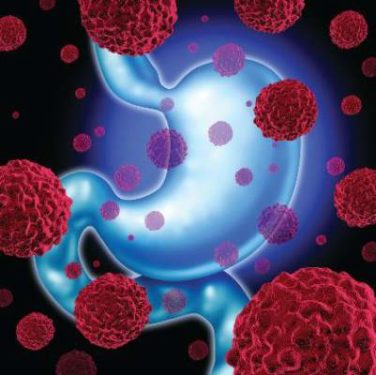expert analysis from THE PSYCHOPHARMACOLOGY UPDATE INSTITUTE
NEW YORK (FRONTLINE MEDICAL NEWS) – One way to individualize selection from the growing list of long-acting stimulants for attention-deficit/hyperactivity disorder is to consider when each provides peak activity, according to an update on these medications at a psychopharmacology update held by the American Academy of Child and Adolescent Psychiatry.
If the immediate-release component of a given long-acting stimulant formation is relatively high, “that is a particularly good medication for early-morning problems, such as a math class in the first period,” said Dr. Laurence L. Greenhill, professor in the division of child and adolescent psychiatry at Columbia University in New York. “On the other hand, if the math class is in the eighth period and there are a lot of behavioral problems, then those agents with less immediate release may be a better choice.”
The list of long-acting stimulants, each with a unique formulation and pattern of stimulant release, has grown substantially over the last 2 years with two new agents released within the last 4 months, according to Dr. Greenhill. The latest regulatory approval in this class was for Adzenys XR-ODT (amphetamine), which is being marketed as the first extended-release orally disintegrating tablet for ADHD. FDA approval was granted on Jan. 28, which was the day before Dr. Greenhill spoke and just 3 months after approval of Dynavel XR, a long-acting amphetamine oral suspension.
All of the long-acting stimulants employ amphetamine, methylphenidate, or dexmethylphenidate as their active agent, but they employ different strategies to provide active drug over the 8-12 hours most claim as their duration of activity. Oral therapies, which can now be delivered in capsule, chewable, and liquid formulations, employ a large array of technologies to slow release of the active ingredient over each dosing interval. Skin patches provide yet another option for drug delivery.
By themselves, the differences in formulations may have their own relevance to drug selection. For example, liquid drugs can be sprinkled on food, while a patch may be the best option for children with difficulty swallowing pills. But Dr. Greenhill suggested that patterns of drug release could be important for individualizing drug selection according to the time of day that symptoms peak. For some, such as dexmethylphenidate XR (Focalin XR), up to 50% of the active ingredient is available in the immediate-release component with the remaining drug provided in delayed release. For others, such as methylphenidate XR (Concerta), only 20% is immediate release. These have obvious implications if timing of symptom control is important.
Because of the potential complications from stimulant drugs, Dr. Greenhill advocated employing these agents within the framework of published guidelines, including one from the AACAP, specific to the management of ADHD in children. Of specific risks, cardiac events are widely considered the most worrisome. According to Dr. Greenhill, a baseline history should include a focus on any cardiac abnormalities or syncope episodes. Although he said that routine electrocardiograms are not necessary, the patient’s pulse and blood pressure should be rechecked at least every 6 months. Referral to a cardiologist is appropriate for persistent abnormalities in elevated blood pressure or in patients with tachycardia.
New evidence, however, has refuted the previously reported association between long-acting stimulants and tics, Dr. Greenhill said. He cited a recently published meta-analysis of 22 randomized, placebo-controlled trials that found no significant no association between psychostimulant use and either new onset or worsening of tics (J Am Acad Child Adolesc Psychiatry. 2015 Sep;54[9]:728-36).
“The rate of worsening of new-onset tics in the stimulant group was, in fact, less than the rate of tics in the placebo group,” reported Dr. Greenhill, who characterized this as a take-home clinical pearl. “The bottom line is that practitioners can tell parents that there is no evidence that these medications will worsen tics.”
Nevertheless, to avoid the appearance of a temporal association between stimulants and tics, Dr. Greenhill suggested that children who discontinued stimulant therapy because of a tic should be rechallenged at a time of low stress.
Overall, ADHD patients without an adequate response to one stimulant should be tried on another, and these therapies can be combined with adjunctive drugs and behavioral treatments. But Dr. Greenhill suggested matching drug release patterns to the timing of ADHD symptoms is one way to guide the initial choice of long-acting agent.
Dr. Greenhill reported financial relationship with Hoffmann-LaRoche and Shire.




